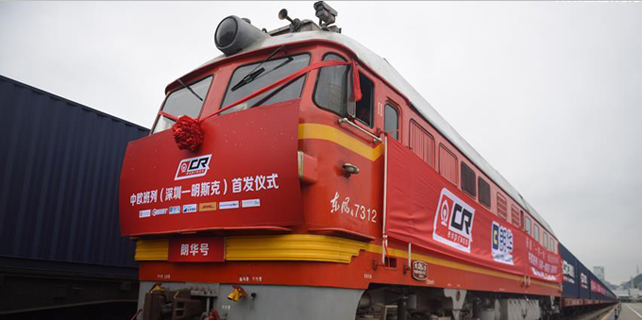Analytical tool may improve prediction of flooding
An American professor and a research assistant who is a native of China have developed an analytical tool that will enable a more reliable prediction of when rivers like the Yellow in the mainland will flood.
Jeff Nittrouer, an assistant professor of geology at Rice University in Houston and Hongbo Ma, a post-doctoral research associate at Rice, who hails from Hegang in Heilongjiang province, have created a new physics-based formulation that can calculate sediment transport in major waterways like the Yellow River, or Huanghe, the second-longest in China after the Yangtze River.
The Yellow River is considered by many to be the cradle of Chinese civilization. The headwaters begin in the Kunlun Mountains in northwestern Qinghai province. The river runs through nine provinces before emptying into the Bohai Sea.
"The river has cultural significance because the first feudal empire, the Xia Dynasty, was formed based on the geography of the river about 4,000 years ago," Ma said in an interview.
In addition to its cultural and political heritage, the Yellow River has also become an economic development mechanism. Sediment from the river winds up on both sides of its banks to create flood plains and deltas that become fertile soil for agricultural products. Because the river also serves as a major transportation route, businesses and towns and cities are also located near the waterway.
When the river floods, it can cause major devastation. "Yellow River flooding has resulted in the deaths of millions in the last 2,000 years and a lot of property damage," said Ma.
A similar delta exists in New Orleans where the Mississippi River empties into the Gulf of Mexico, said Nittrouer in an interview, who also said that most deltas in the world are threatened by rising sea levels.
He said the Yellow has a high sediment load and it tends to become a clogging agent that causes the river to overflow its banks.
"We are trying to understand the mechanics of water and sediment movement in the river," Nittrouer said.
To accomplish that task, Nittrouer and Ma began researching the Yellow about two and a half years ago. They utilized computers, sediment samplings and 3-D sonar equipment to map the bottom of the river. Using all of that, the pair developed a physics-based formula capable of predicting the volume of sediment transported in a certain time period.
Ma said accurately determining the amount of sediment in the Yellow may allow officials to "get out an early warning that could save lives and property".
"We found that the river has an abundance of sand and the water flow led to the buildup of dunes on the bottom much like the wind does in the desert," said Nittrouer.
paulwelitzkin@chinadailyusa.com
















